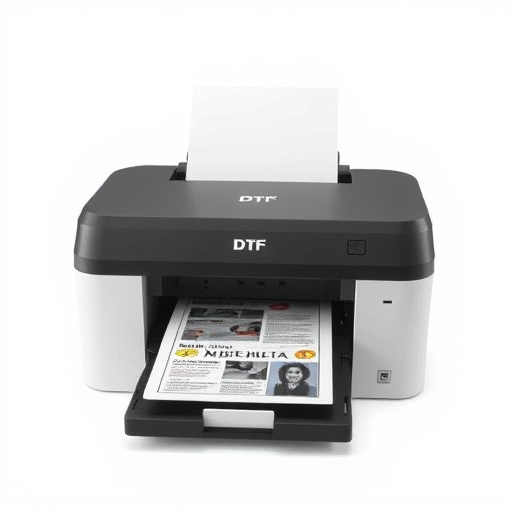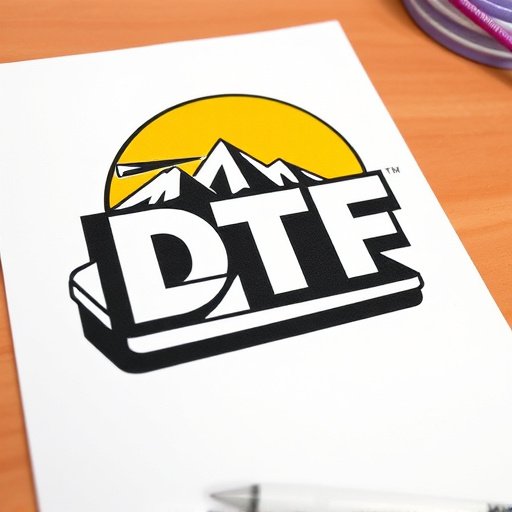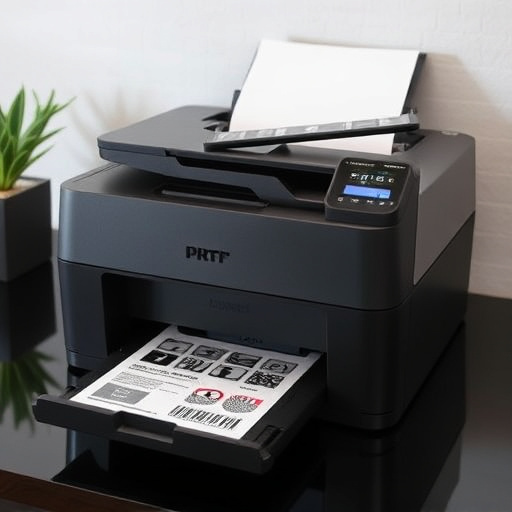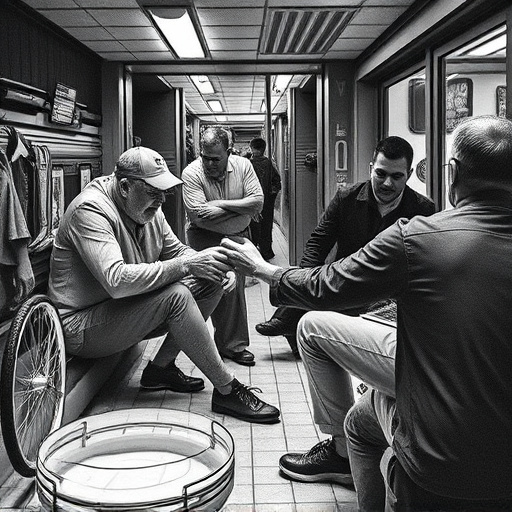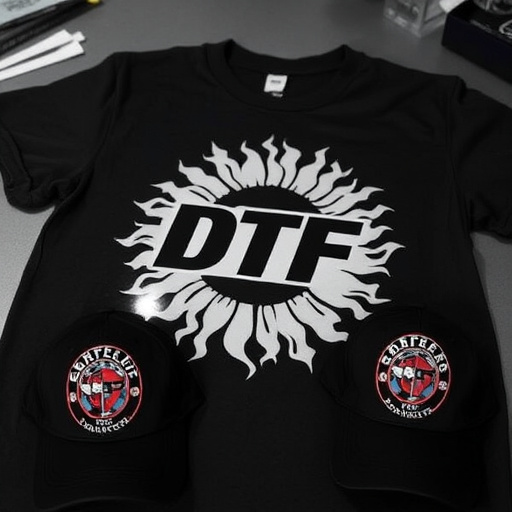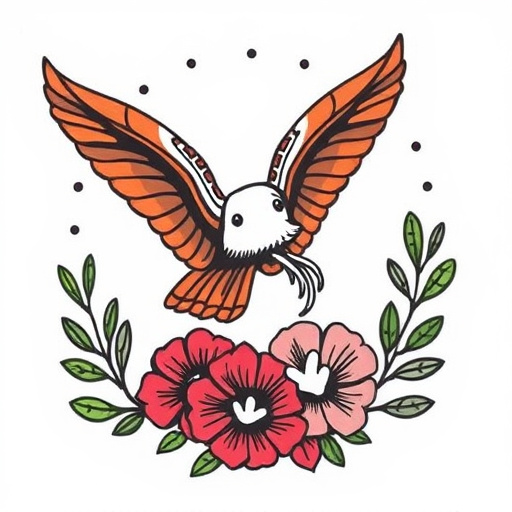DTF Fabric Printing is a revolutionary, eco-friendly method for creating custom apparel designs, eliminating the need for screens or stamps. This technique directly transfers detailed artwork onto fabric using specialized equipment, reducing waste and turnaround times while offering versatile printing on various fabrics. By streamlining production and catering to fast-paced fashion trends, DTF provides high-quality, crisp designs with minimal environmental impact, making it ideal for small batches or online orders.
“Discover how DTF (Direct-to-Fabric) printing is revolutionizing the textile industry with its promise of reduced waste and increased efficiency. This cutting-edge technology offers a sustainable alternative to traditional fabric dyeing methods. Our article explores the environmental advantages, from minimizing water usage to lowering chemical emissions. We provide a comprehensive guide on implementing DTF print processes, offering step-by-step insights for seamless integration into modern manufacturing workflows, ensuring higher productivity and a greener approach.”
- Understanding DTF Fabric Printing: The Basics
- Environmental and Efficiency Benefits of Adopting DTF Technology
- Implementing DTF Print: A Step-by-Step Guide for Seamless Integration
Understanding DTF Fabric Printing: The Basics
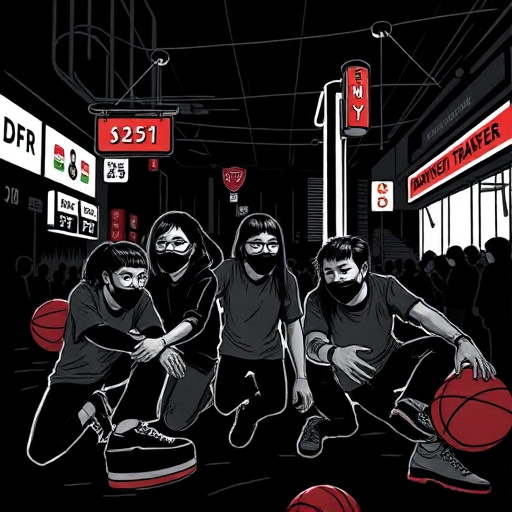
DTF Fabric Printing, or Direct-to-Fabric Transfer Printing, is a cutting-edge technique revolutionizing the apparel industry. This method involves transferring detailed dtf artwork transfers directly onto fabric using specialized equipment. Unlike traditional printing methods that often lead to waste and lower efficiency, DTF offers a precise and eco-friendly alternative. By bypassing the need for screens or stamps, businesses can swiftly produce custom dtf printed shirts with intricate designs.
The process begins with creating high-quality dtf artwork, which is then accurately replicated on various fabric types. This direct transfer method ensures that every detail is reproduced flawlessly, making it ideal for small batch production or even online ordering of personalized dtf printed shirts. By streamlining the printing workflow, DTF Fabric Printing reduces material waste and turnaround times, catering to today’s fast-paced market demands.
Environmental and Efficiency Benefits of Adopting DTF Technology
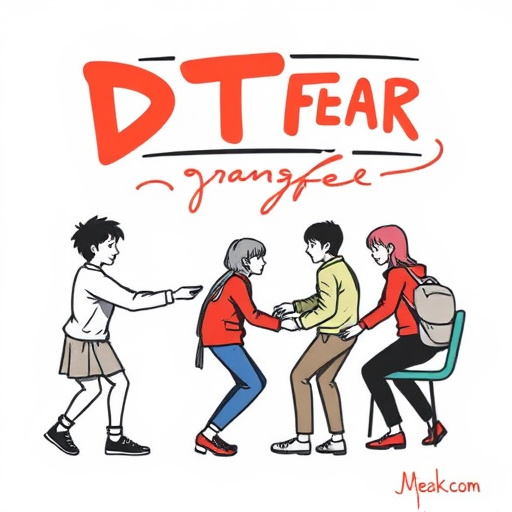
The adoption of DTF (Direct to Fabric) technology in fabric printing offers a multitude of environmental and efficiency benefits. By eliminating the need for traditional printing methods like screen printing, DTF reduces waste significantly. This is because it allows for precise application of designs directly onto the fabric surface, minimizing excess ink and material scrap. Moreover, DTF printing reduces setup time compared to traditional techniques, as there’s no need to create screens or prepare printing plates.
DTF Fabric Printing also enhances overall efficiency in production processes. With its ability to print on a variety of fabrics and materials, from cotton tees to polyester jackets, it streamlines the production line. The high-quality DTF artwork transfers ensure crisp, vibrant designs that rival traditional printing methods. This not only improves product quality but also caters to fast-paced fashion trends, where quick turnaround times are crucial for staying competitive in the market.
Implementing DTF Print: A Step-by-Step Guide for Seamless Integration

Implementing Direct to Fabric (DTF) Print is a straightforward process that can significantly streamline your fabric printing workflow and reduce waste. Here’s a step-by-step guide for seamless integration:
1. Preparation: Start by gathering all necessary materials, including DTF ink, fabric, a heat press machine, and a suitable printer. Ensure the fabric is clean and free from any contaminants to achieve the best print results. Create or obtain your desired dtf artwork transfers, making sure they are in high resolution for optimal printing quality.
2. Designing and Printing: Using graphic design software, prepare your vibrant designs according to the specific requirements of DTF printing. Convert your artwork to a suitable format (like PDF) with accurate color settings. Load your design into the printer, ensuring it aligns perfectly with the fabric’s grain. Print your designs directly onto the fabric using the appropriate settings for DTF ink. This method allows for precise and detailed dtf bulk orders, minimizing errors and waste.
DTF Fabric Printing offers a sustainable and efficient solution for businesses aiming to reduce waste and streamline production. By adopting this technology, manufacturers can significantly cut down on material waste, minimize environmental impact, and enhance overall operational efficiency. With its versatility and precision, DTF printing is revolutionizing the textile industry, enabling businesses to produce high-quality, personalized fabric products with speed and accuracy. Implementing DTF Fabric Printing is a step towards a greener future, ensuring a competitive edge while contributing to a more sustainable world.








